Some cars just look like they were meant to be convertibles—even if the factory never gave them the chance. You see the lines, the proportions, the stance, and wonder why nobody at the top signed off on pulling the roof. Whether it was cost, engineering, or corporate politics, these cars stayed hardtops when they could’ve been something more.
This list isn’t about fantasy builds or wild concepts—it’s about production classics that had the performance, presence, and potential to make great convertibles. And in some cases, it still stings that we never got them.
1969 Dodge Charger
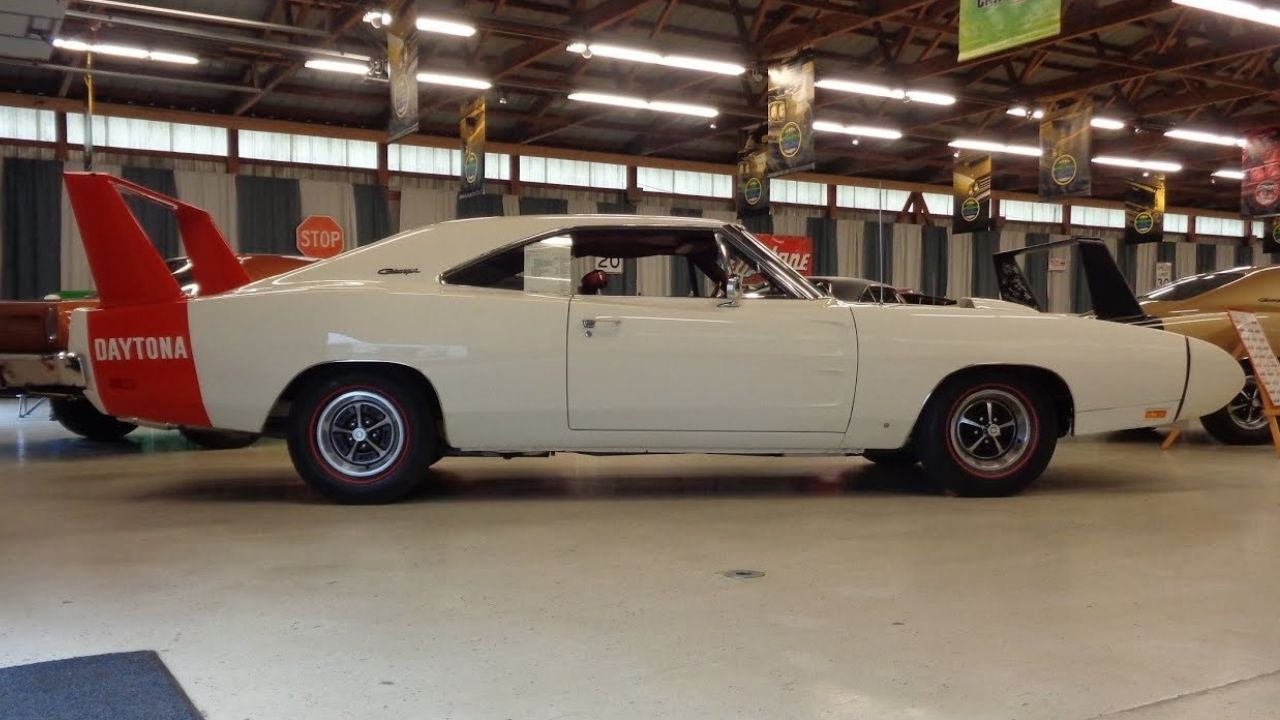
The ’69 Charger Daytona had the stance, the grille, and the muscle to back it up—but it never got a factory convertible version. With a 440 Magnum or the optional 426 Hemi under the hood, it had the torque to break loose at any speed. Shedding the roof would’ve only made it more dramatic.
The Charger’s long rear deck and Coke-bottle hips practically begged for a drop-top profile. Imagine cruising with the hideaways open, the exhaust rumbling through dual pipes, and the wind cutting past that fastback roofline—only now, with sky overhead.
1971 Plymouth GTX
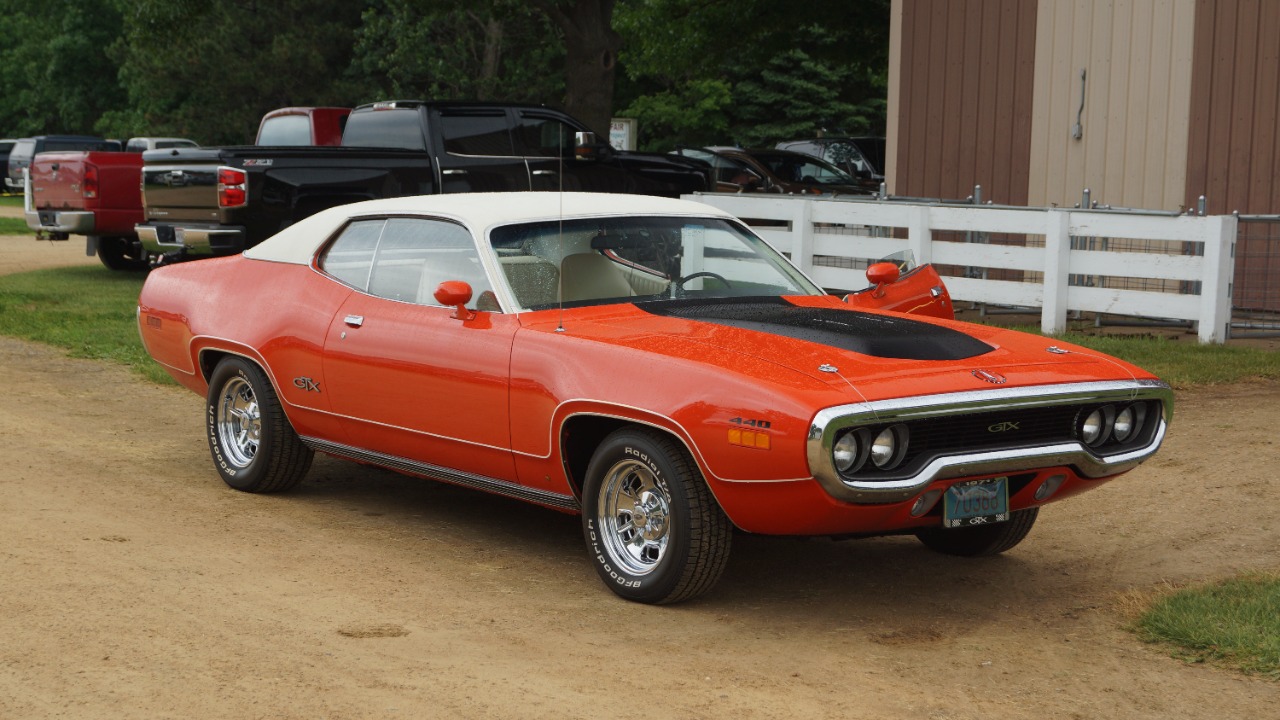
The GTX was built as the “gentleman’s muscle car,” but it only ever came as a hardtop coupe. That’s a shame, because with a 440 Super Commando or Hemi under the hood, it had more than enough power for any convertible frame to handle.
A GTX convertible would’ve leaned even harder into its upscale angle—plush interior, wood-grain trim, and power everything. A soft top would’ve played well against the aggressive Road Runner and Super Bee, giving Plymouth fans a more relaxed performance cruiser.
1965 Buick Riviera

The first-gen Riviera was pure drama—long hood, short deck, and a roofline that meant business. But Buick never chopped the top, even though the Wildcat and Electra shared the platform and got convertibles. It would’ve made sense.
With the optional Super Wildcat 425 V8 putting down 360 hp and 465 lb-ft, the Riviera had torque to spare. A convertible would’ve played well with the car’s focus on style and luxury. It was already a personal luxury coupe—why not give people the open-air version too?
1970 AMC Javelin
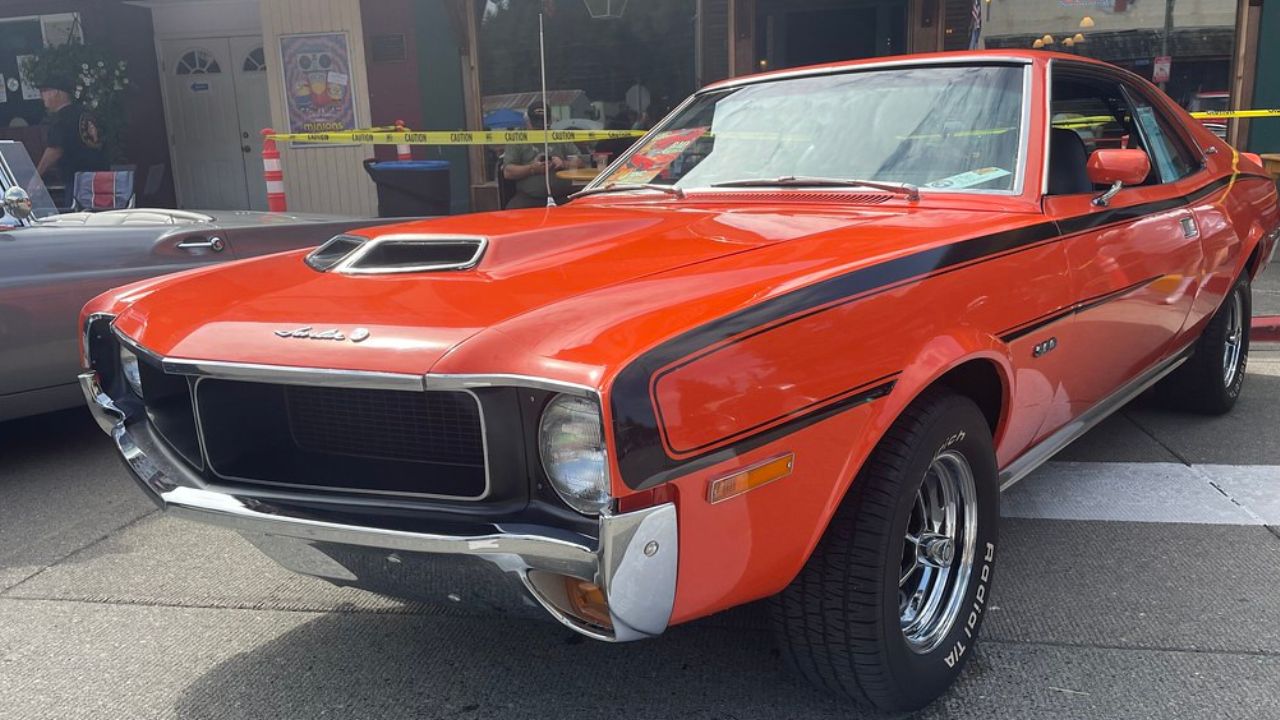
The Javelin was AMC’s answer to the Mustang and Camaro, but it never came in a convertible. That always felt like a missed chance, especially when rivals were selling soft tops in big numbers. AMC needed that option to compete.
With a 390 cubic-inch V8 available, performance wasn’t the issue. The Javelin handled well, looked aggressive, and had a cockpit-style interior that felt more European than domestic. A convertible version would’ve brought AMC closer to street credibility it never quite nailed down.
1963 Ford Galaxie 500 XL Fastback

Ford offered a Galaxie convertible—but not in the slick fastback roofline that arrived in ’63. That version looked like it was built to race and cruise in equal measure. With a lightweight roof structure, it could’ve easily lost the top.
The XL trim brought bucket seats, a floor shifter, and more chrome than a state fair. Paired with the 427 V8, it was no slouch in a straight line. If Ford had offered that silhouette as a convertible, it might’ve become one of the best open cruisers of the era.
1971 Dodge Super Bee
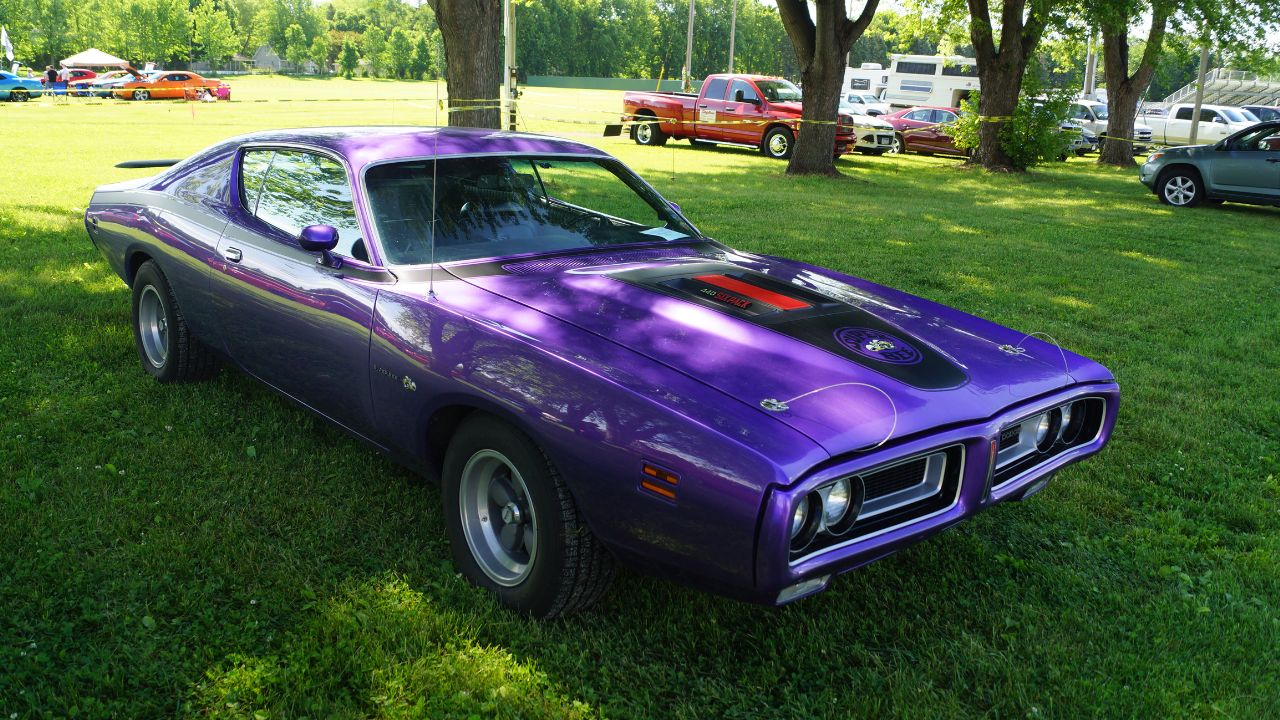
The Super Bee had just one mission: give people big power for not much money. It did that well, but you could only get it as a coupe or hardtop. A convertible would’ve added serious visual punch to a car already built for noise and speed.
By 1971, you could option it with a 440 Six Pack or the 426 Hemi, both paired to either a 4-speed or TorqueFlite. A soft top would’ve been right at home with the Bee’s cartoonish graphics and loud attitude. Mopar fans would’ve eaten it up.
1966 Oldsmobile Toronado
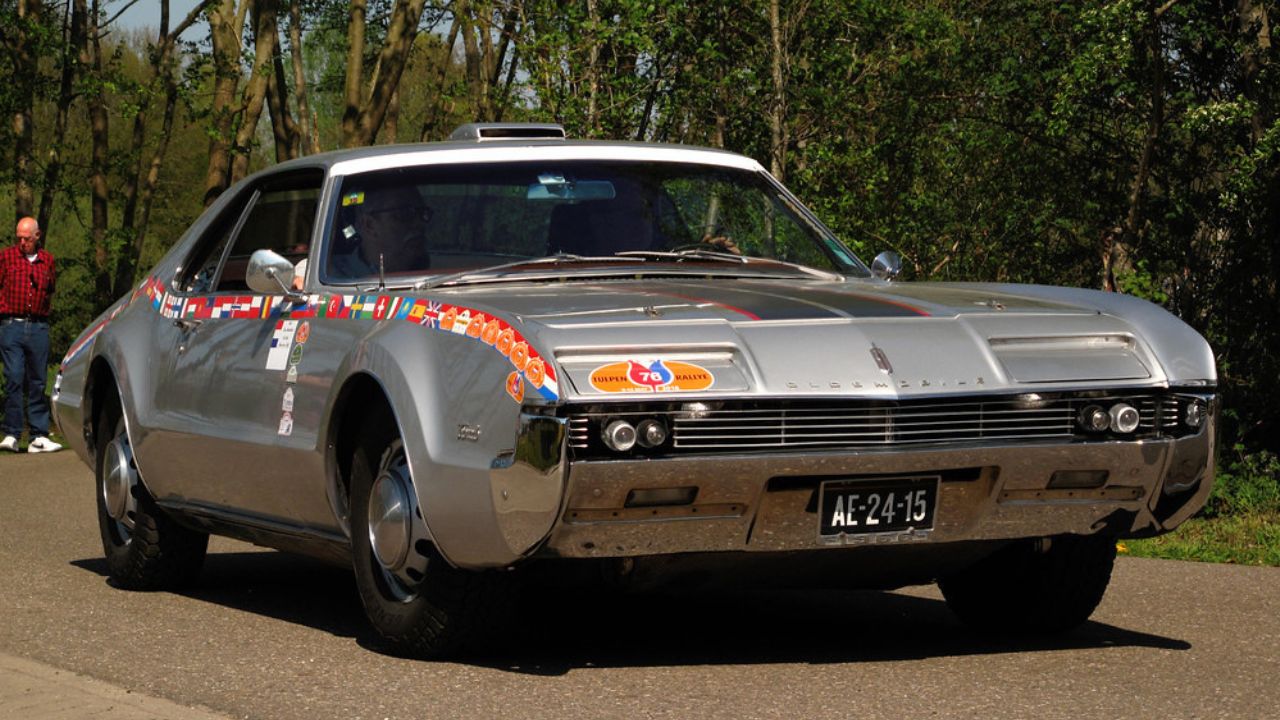
GM took a wild risk with the front-wheel-drive Toronado, but never made a convertible version. It had the power—385 horses from the 425 Rocket V8—and a design that looked like it belonged on a concept car stand.
The Toronado was already pushing boundaries with hidden headlights and massive overhangs. A convertible version would’ve elevated the car’s already strange charm, even if it made the front-drive setup more complicated. Still, imagine a top-down cruiser with that much torque hitting the front wheels.
1968 Mercury Cougar XR-7G
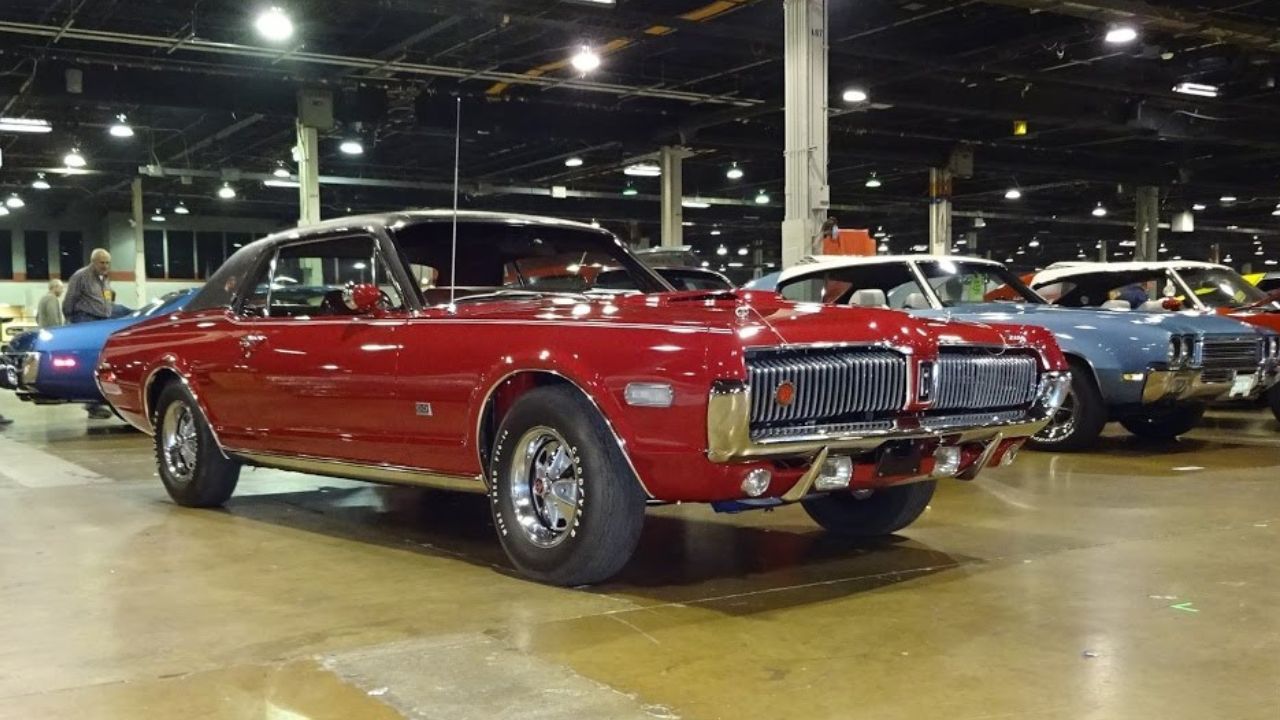
The Cougar always lived in the Mustang’s shadow, but the XR-7G should’ve had its own convertible moment. This was the model Carroll Shelby helped tune, with available 390, 428, and even 427 V8s under the hood.
The XR-7G came with fog lights, hood pins, racing mirrors, and upgraded suspension—everything a soft top GT cruiser should’ve had. Ford already made Mustang convertibles, so the architecture existed. The Cougar deserved the same treatment with its upscale interior and unique styling.
1970 Chevrolet Monte Carlo
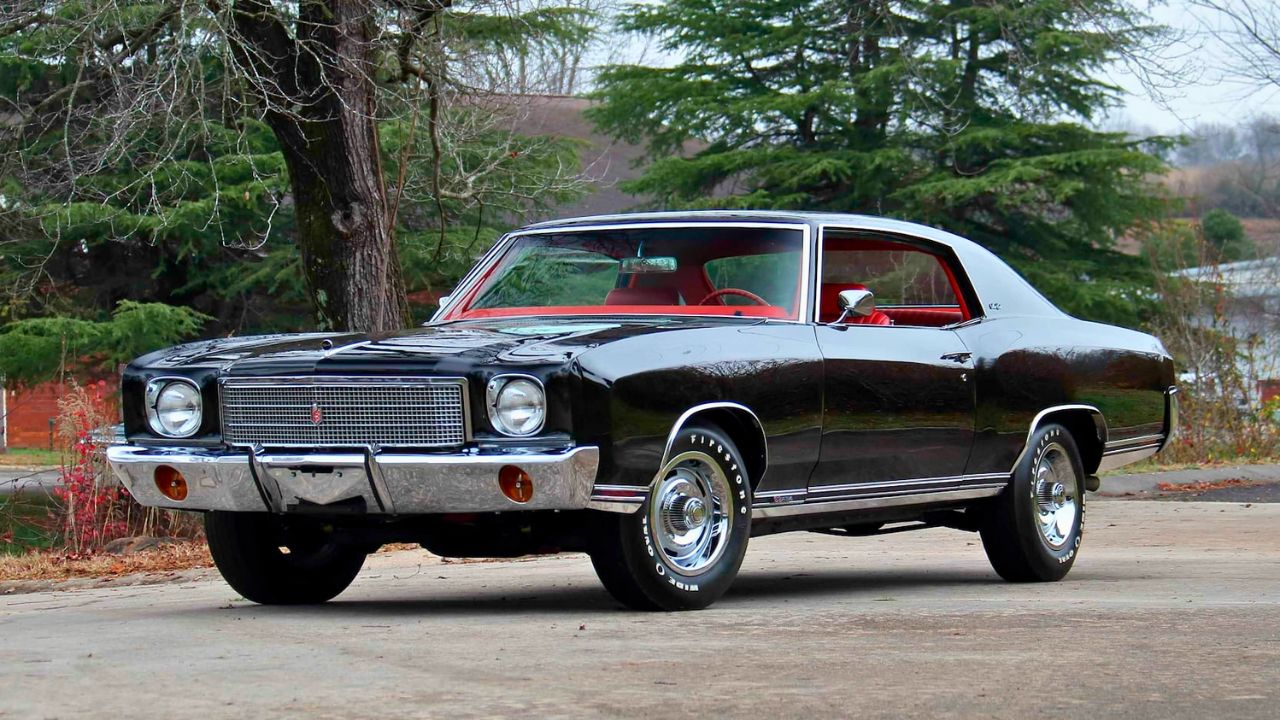
The Monte Carlo launched as Chevy’s personal luxury coupe—but not a drop-top in sight. It shared parts with the Chevelle, which did have a convertible version. GM could’ve easily pulled the trigger on a Monte soft top.
With a 454 LS5 available and rear-wheel drive, the Monte Carlo had more than enough guts to support an open-roof experience. Plus, the long hood, recessed headlights, and upright grille would’ve looked just as sharp with the top down.
1974 Pontiac Grand Am
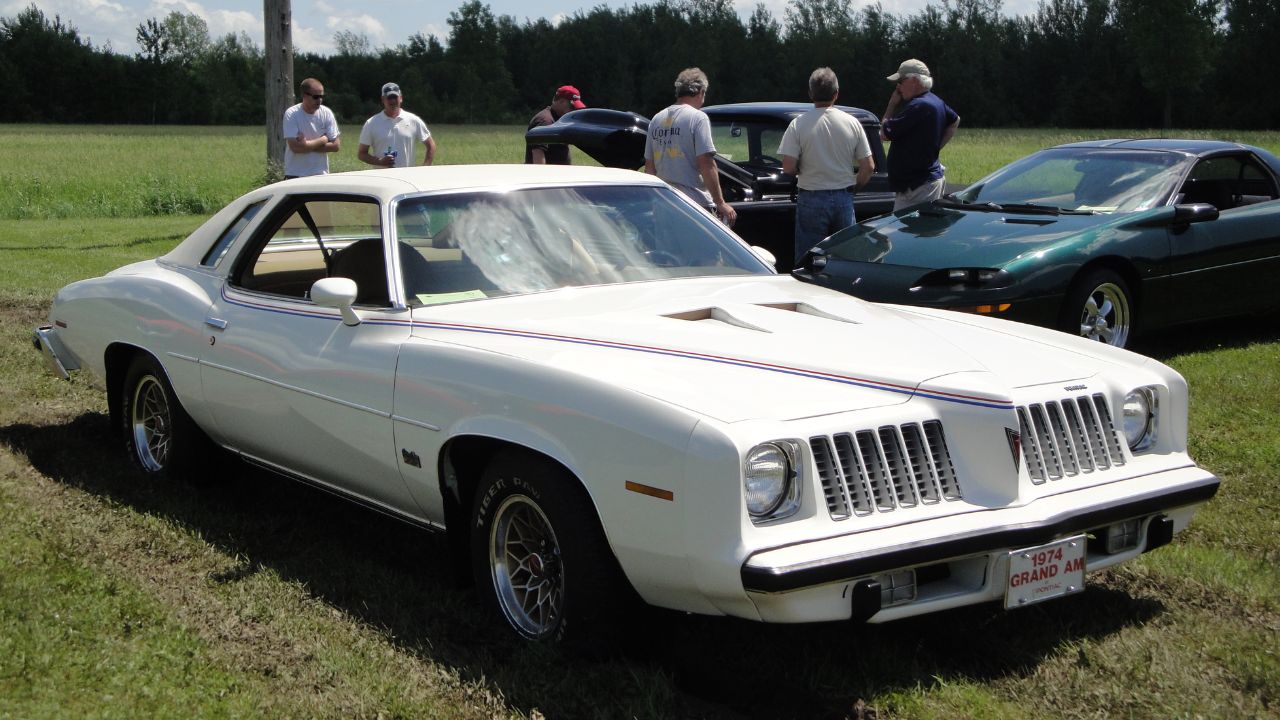
The Grand Am tried to blend European road manners with Pontiac muscle—but no convertible was offered. That’s a missed opportunity, especially since it came with radial-tuned suspension and 400+ cubic inch V8s.
Its unique nose, with Endura rubber bumpers and slatted grilles, would’ve stood out even more as a drop-top. The interior leaned toward sportier cues, not plush comfort, making it a perfect candidate for a summer cruiser that could still roast tires when needed.
Like Fast Lane Only’s content? Be sure to follow us.
Here’s more from us:
*Created with AI assistance and editor review.

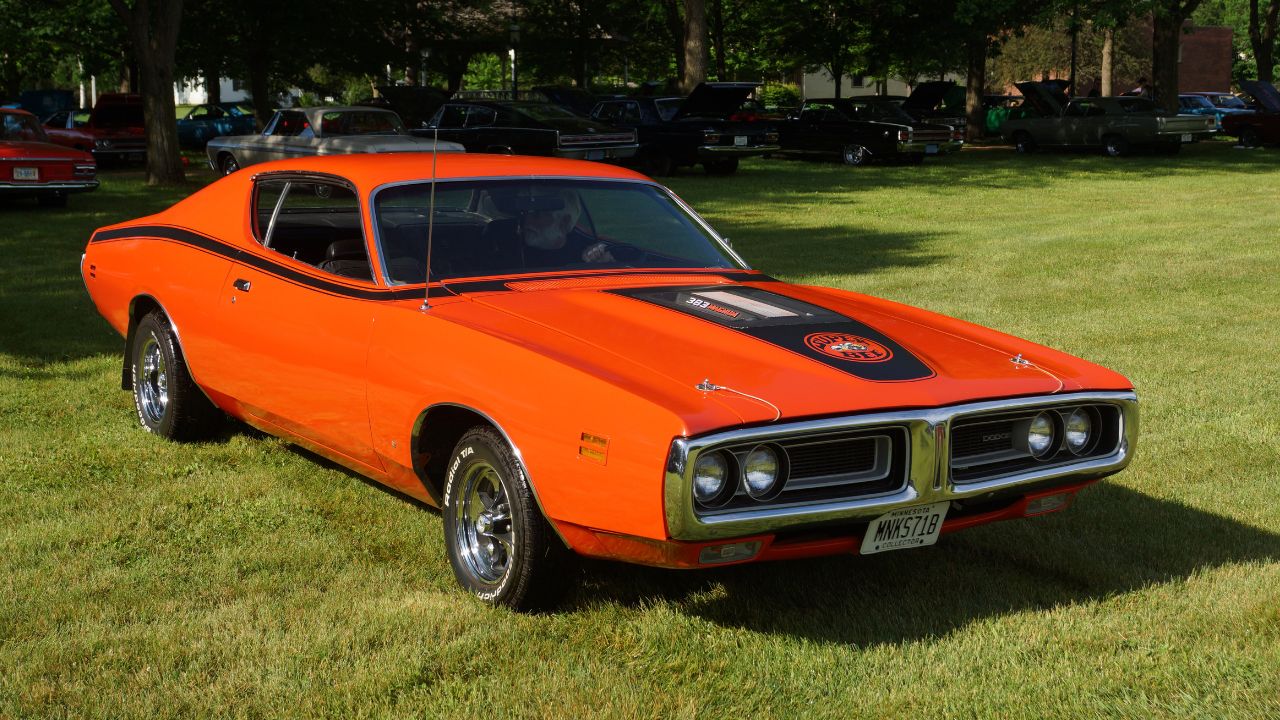
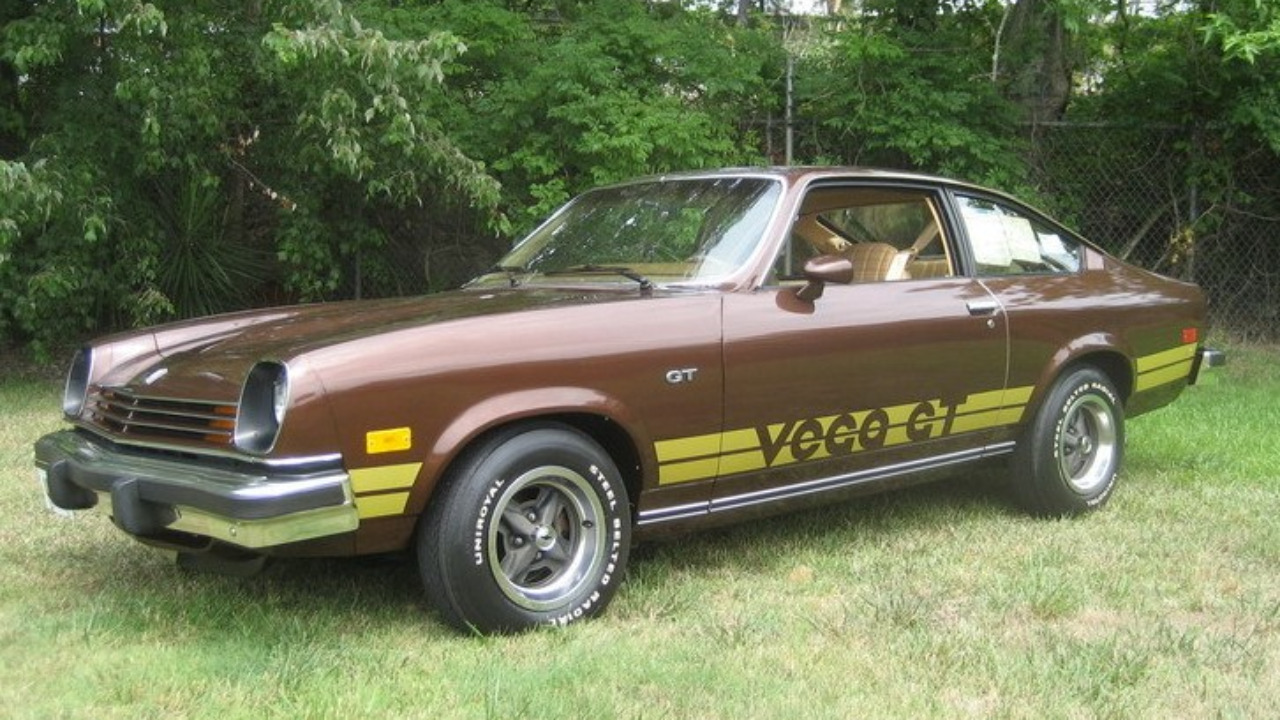
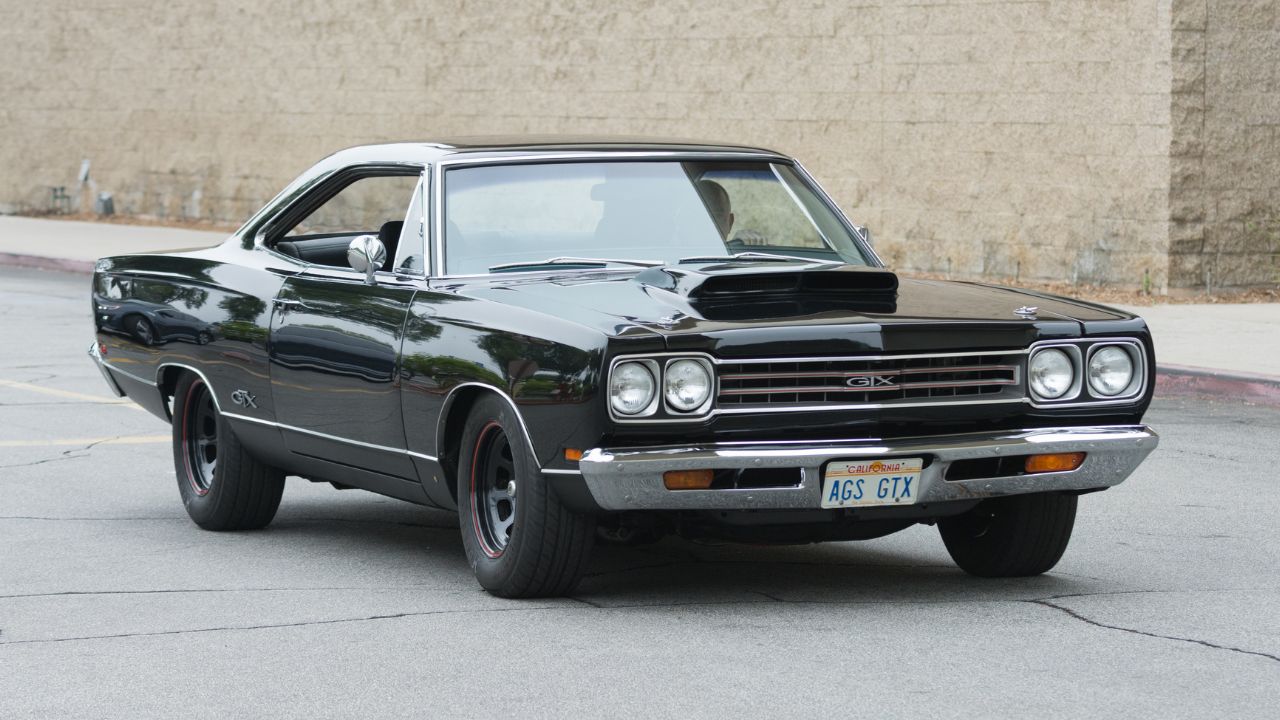
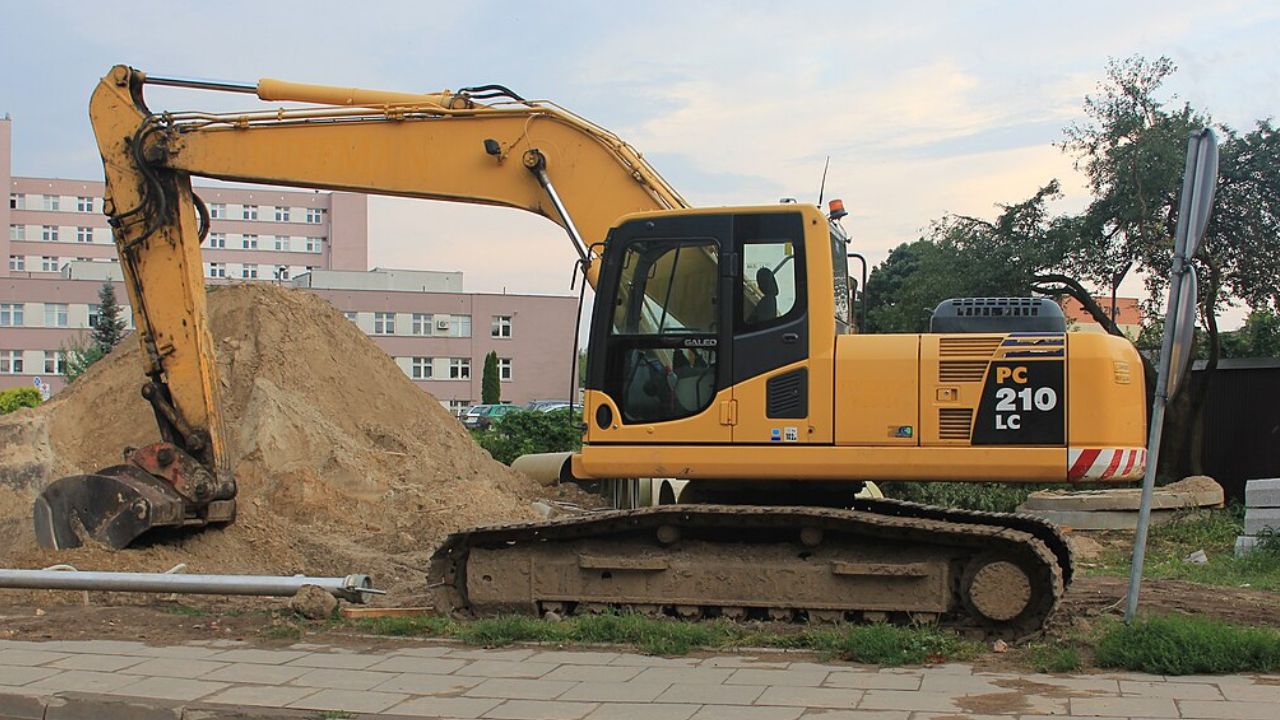
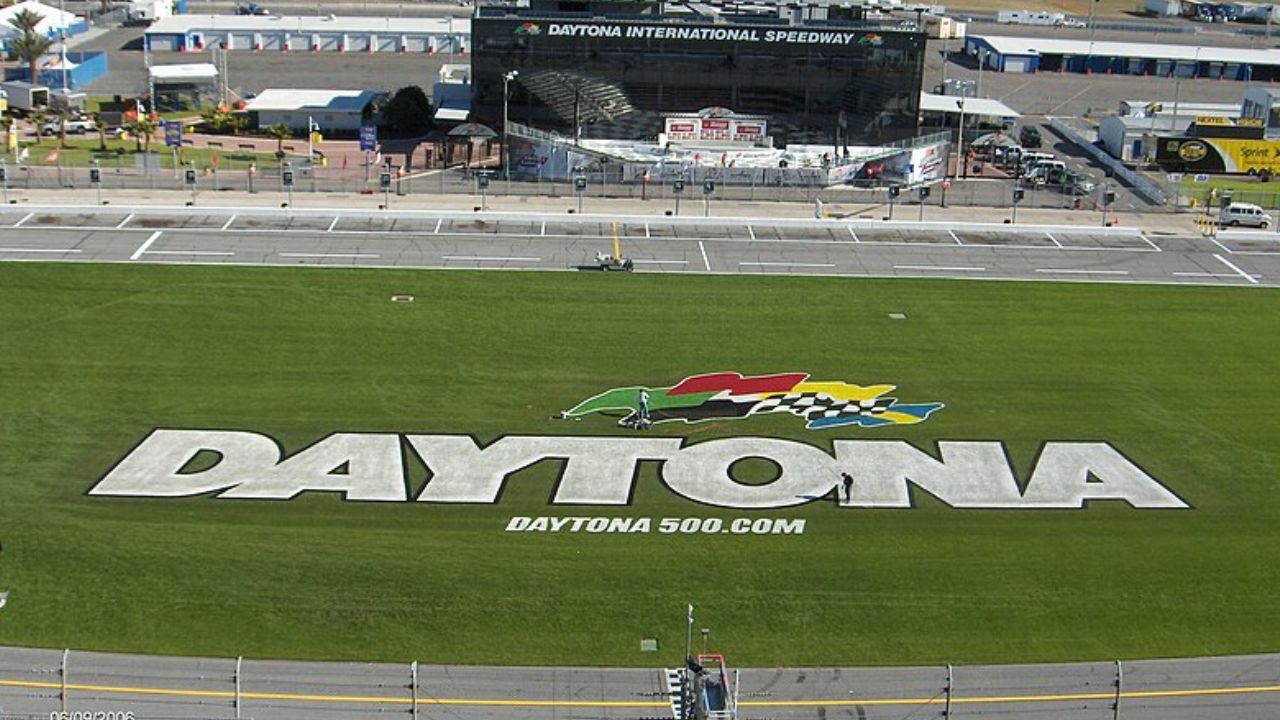
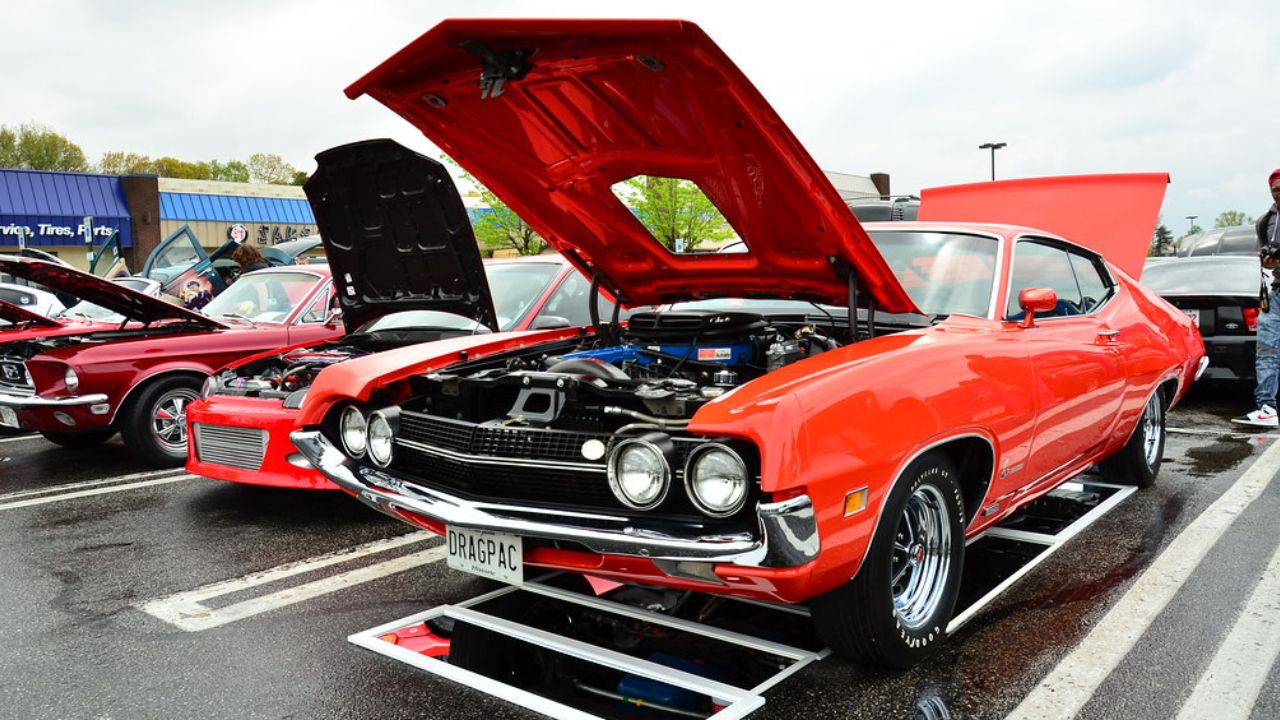
Leave a Reply